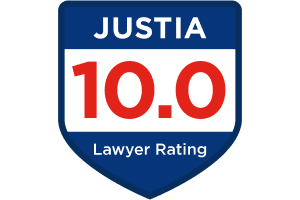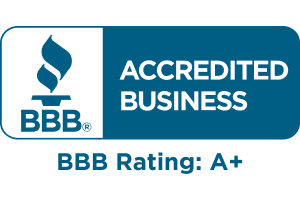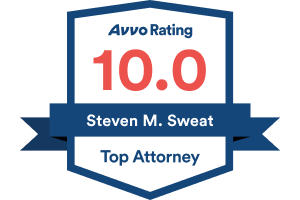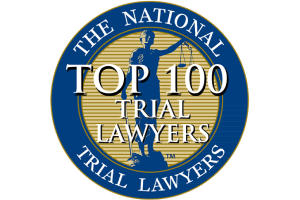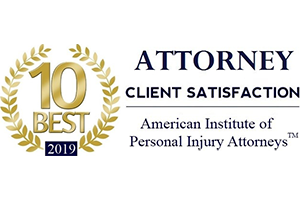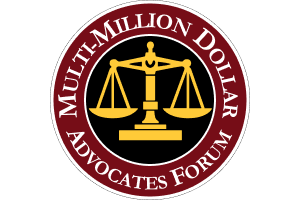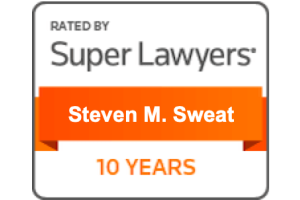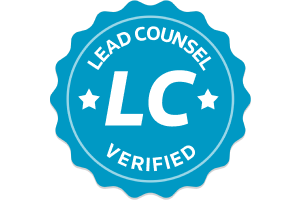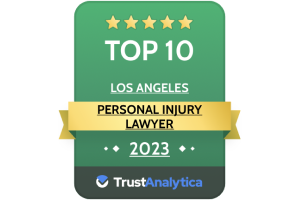- Free Consultation: 866-966-5240 Tap Here To Call Us
Driver Sues for Flying Mattress on Los Angeles Freeway

In accidents that are caused by the defendants’ violation of the law, people may be able to claim negligence per se. When an accident results from breaking a traffic law, it is enough to prove the element of negligence. Once a defendant’s negligence has been established, the plaintiff will then need to prove that the negligence resulted in the accident and that he or she suffered injuries and harm because of the defendant’s breach of his or her duty of care.
In Baker-Smith v. Skolnick, Cal. Ct. App. Case No. B282946, the court considered whether the defense can raise a defense of excuse in cases that involve negligence per se. While the court found that excuse can be raised in some negligence per se cases, it is not available when the potential harms are serious.
Factual and procedural background
Mackenzie Baker-Smith was driving on a freeway at highway speeds in Los Angeles County. As she was driving, a mattress flew off of a trailer that was being towed by a pickup truck in front of her at her car. She swerved to try to avoid the mattress and collided into a concrete barrier at a high rate of speed. Baker-Smith suffered serious injuries in her car accident. The truck continued driving and was chased down by witnesses who saw the accident. One of the witnesses called 911 to report the accident and to give the police the truck’s description and license plate number. An officer located the truck and pulled it over. It was being driven by Dror Skolnick, who owned G&L Design Building & Landscape, Inc. When he was questioned by the police about whether he had a mattress in his trailer, he responded that their might have been a mattress in it.
The trailer had seven-foot sides and was uncovered. Skolnick let the officer look inside of it, and there was not a mattress in it. Skolnick reportedly told the officer that his employees were responsible for loading the trailer, so he did not know if a mattress might have been loaded into it. Baker-Smith filed a lawsuit against Skolnick, alleging that he was negligent per se because he violated the law that requires loads to be properly secured.
At trial, Skolnick changed his story. He testified that there was no mattress in the trailer and that his employee, Lopez, had told him that it was empty. However, Lopez had died before the case went to trial.
The court gave three instructions that were at issue in the case, including an instruction that if a person has a reasonable excuse for violating the law, it can be a defense to the negligence per se claim. Baker-Smith’s attorneys objected to this instruction and also objected to the language in another instruction about the burden of proof. The court overruled their objections and gave the instructions to the jury.
The jury was provided with a verdict form that started out by asking whether the jury believed that Skolnick was negligent. They were instructed that if they did not believe that he was negligent, they were not to answer any further questions. The jury answered no, and the judge gave a judgment in favor of the defendant. Baker-Smith appealed the case to the California Court of Appeals.
Issue: Whether the court erred by giving a jury instruction about excuse as a defense to Baker-Smith’s negligence per se claim?
Baker-Smith’s appeal alleged that the court erred in the negligence per se instructions that it gave. In the first instruction, CACI 418, the jury was instructed about negligence per se. The burden of proof was not mentioned in this instruction. The second instruction, CACI 420, informed the jury that an excuse is a defense to a finding of negligence per se. It instructed the jury that if the jury found that Dror had exercised reasonable care but was unable to follow the law, it would be a defense against finding that he was negligent per se and would instead need to look at the other evidence to determine whether he was negligent.
The third instruction, CACI 400, provided the elements of general negligence. It included the burden of proof language that stated that Baker-Smith had the burden of proving all of the elements of negligence. There was not a burden of proof instruction concerning negligence per se. Baker-Smith objected to the instructions as they were written, but the court overruled her objections and gave them to the jury.
Rule: Excuse may be raised as a defense to negligence per se claims only if the potential harm from the violation of the law is not substantial.
In California, a court may give an excuse instruction to a jury when the defendant is able to prove at trial that he or she took reasonable steps to comply with the law but was unable to avoid breaking it. However, this instruction is not appropriate in every case. Baker-Smith argued that the instruction, CACI 420, should not have been provided. She also argued that the negligence per se instruction was erroneous because it did not include any burden of proof instruction that told the jury that the burden of proof would shift to Dror to prove that he took steps to avoid the violation of the law but could not prevent it.
Analysis
The court began its analysis by noting that appeals that are only based on jury instructions are reviewed by the Court of Appeals to see if they contained prejudicial error rather than looking at the evidence in the light that is most favorable to the party that prevailed. The court first considered the CACI 420 instruction concerning excuse. It found that Skolnick had not provided any evidence that he had used reasonable care to ensure that the cargo on his company vehicle was properly secured but was unable to avoid breaking the law, which meant that the instruction should not have been given.
The court looked at whether an excuse instruction can be given in negligence per se cases. It found that it can only be given when the court has reviewed the benefits and burdens of complying with the law given the potentially serious nature of a car vs. truck accident that could occur. The court found that there were no special circumstances in this case and that the excuse instruction was inappropriate.
The defendant conceded the fact that the jury instruction was incorrect since it did not include any burden-shifting language. At trial, G&L argued that Baker-Smith failed to meet her burden of proof, which meant that it took advantage of the lack of burden-shifting language in the incorrect jury instruction. The court found that the error was substantial enough that it was prejudicial, meaning that Baker-Smith might have prevailed if the erroneous negligence per se and excuse instructions had not been given.
The court then stated that the court should not give an excuse instruction in this case. It likewise ruled that the trial court should use a special verdict form to find out whether the jury believed or didn’t believe the securing cargo law.
Conclusion
The court reversed the judgment from the trial court and remanded the case for a new trial or other proceedings. It awarded Baker-Smith her costs on appeal.
Contact an attorney at Steven M. Sweat, APC
If you have been injured in a car accident in Los Angeles County that involved a motorist who violated the traffic laws, it is important for you to seek help from an experienced personal injury attorney. A lawyer at Steven M. Sweat APC can review your case and provide you with an assessment of its winnability. To learn more about your rights, contact us today for a free consultation by calling 323.944.0993.


